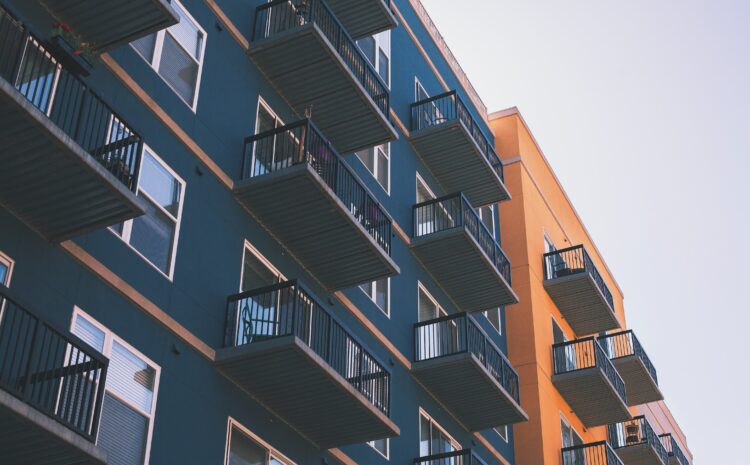Winter Insurance Risks
Growing up in Middle Tennessee, it seemed like it snowed once every five years. We longed for a snowfall that would get us out school. Every morning we’d listen to Bill Hall and Snowbird read through all the counties that were out that day… Pickett… Putnam… Robertson… please say Sumner… please say Sumner…. TROUSDALE?!?! COME ON!
So why now does it seem like snows five times every year?!? What happened?
It appears we’re in for another cold snowy weekend this weekend, so here’s a few things to be aware of as increased risks during this weather.
Risk Number 1: Bad Drivers
Tennessee is made up three kinds of drivers: locals who don’t have much experience driving in snow, Californians who have never seen snow, and northerners who like to show off their snow driving skills. Those are a dangerous combination, especially when our problem is ice, not snow. Be careful on the roads. Drive slow and go with the flow.
Risk Number 2: Frozen Pipes
Many people learned this first hand just a few weeks ago at Christmas. Water in pipes not well insulated can freeze, and when they do, they expand. Enough expansion and they can leak or bust causing significant water damage. Protect any unprotected plumbing (such as outdoor spigots) by providing some form of insulation around them. Also, your grandmother’s old trick of leaving a faucet dripping does actually help. The trick is you want the faucet that is dripping to be associated with the pipe that is exposed to the cold temps. To do this you have to know where the plumbing runs in the house and which ones might be the most vulnerable.
Risk Number 3: Ice Damming
This one is less common, but with a heavy snowfall it can happen. When snow piles up on your roof the first part to melt will be the center, over the warmth of the home. The last part to melt will be the edges where the cold air under the eaves keep it frozen. When the middle melts and the edge doesn’t, the water has nowhere to go, and can start to work it’s way into the home. Homes in the northern part of the country are built with a barrier product under the roof (such as Ice and Water Shield) that helps prevent this risk. But because it’s less common in the south, most homes here don’t have it. There aren’t a lot of cheap or safe ways to stop this from happening, but here’s a good article: https://www.thisoldhouse.com/roofing/21017660/how-to-get-rid-of-ice-dams
Do you have questions that this post didn’t address? I’d love to help you. Just give me a call at 615-861-2201 and we can discuss all of your insurance needs.
Dallas Owen





